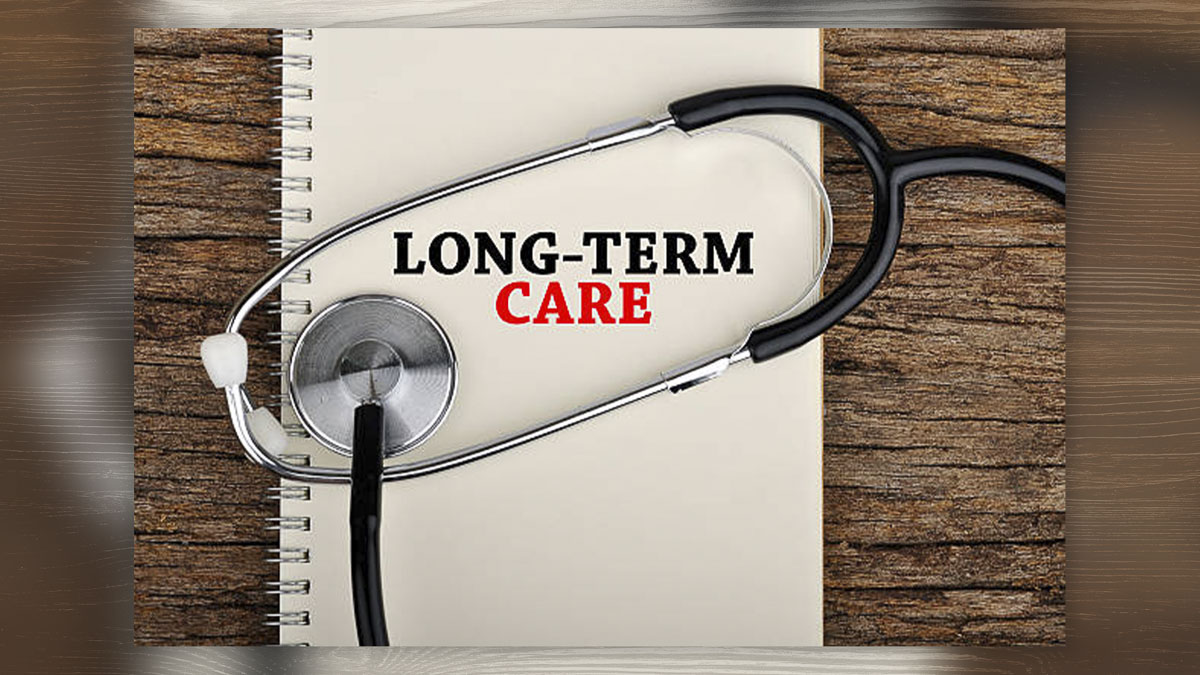
According to Elizabeth New (Hovde) of the Washington Policy Center, the solvency concerns that already exist will worsen if more people leave this misguided program with a false promise
Elizabeth New (Hovde)
Washington Policy Center
State agencies and the Long-Term Services and Supports (LTSS) Trust Commission are doing a lot of work to get WA Cares’ ducks in a row. At a meeting on Wednesday, progress was made toward recommending minimum provider qualifications and maximum provider payments that will be in play for eventual beneficiaries of WA Cares.

Even more ducks will be in a row right about the time voters decide whether to make WA Cares and its payroll tax optional with Initiative 2124, which means millions of dollars of work on and marketing for WA Cares could be for naught. Without enough people wanting to remain in WA Cares and assessed a payroll tax for a benefit they might never receive, the program could and should be dismissed. A contingency planning workgroup has a meeting scheduled in November, in case it is needed.
WA Cares is a social program created by lawmakers to help with their budget needs and to place taxpayers on the hook for even more caregivers in the state. Washington state workers are, as of right now, taxed for the program mandatorily. Workers pay 58 cents of every $100 they earn to the WA Cares Fund. The state brought in more than $1.3 billion in the first year of the fund’s tax collection.
Benefits from the program could pay for long-term-care needs that some workers will eventually have. Not all will, and various hurdles stand in the way of qualifying for benefits and recouping any money contributed, ensuring not all workers will qualify for a return on their forced investment. (Reminder, there are no beneficiaries of this program until 2026, when a small portion of workers could gain eligibility. Most workers will need to pay 10 years of taxes without a break of five or more before becoming eligible.)
WA Cares is not a safety-net program. A safety net for people in financial need exists in Medicaid. Instead, WA Cares takes wages from all workers, including low-income ones, to create a pool of money that some workers, regardless of their income, can eventually use for long-term-care services and caregivers with state approval.
“State approval” was in focus at Wednesday’s meeting.
The Department of Social and Health Services (DSHS) will be required to register providers of long-term care for WA Cares, and those providers need to meet minimum qualifications. The LTSS Trust Commission gave recommendations about those minimum qualifications to DSHS so the agency can start rulemaking.
Qualifications are greater for caregivers who aren’t relatives of WA Cares’ beneficiaries. In the case of family in-home caregivers, the recommended qualifications would require being 18 or older, having state-approved training and passing a DSHS background check. (Training will likely be done through SEIU 775 Benefits Group. The caregivers’ union is also one of WA Cares biggest supporters.)
The commission also looked at recommendations for maximum payments for providers and services. The lifetime benefit of $36,500 attached to the program is independent of any provider-payment costs and remains.
An assisted living facility can run as high as $540 a day, commissioners were told. The cost of in-home personal care was estimated between $35 and $45 an hour. A beneficiary could run out of the $36,500 in less than three months given the type of care and services that are needed. That is why many are calling this a short-term-care program. People will, of course, be able to use their own money for services outside of the maximums or the lifetime benefit.
My takeaway from the recent meeting is that lawmakers not only determined who qualifies for WA Cares, picking winners and losers regardless of need, the state will now determine what kind of care, services and providers are going to be eligible for payment with WA Cares dollars.
Lawmakers should repeal the law that created WA Cares immediately, allowing workers to keep more of their wages and make individual long-term-care plans that work for them and their families. If a worker doesn’t end up needing long-term care, even better. He or she will be able to use their wages for other important life needs.
If voters say “yes” to I-2124, the Legislature might feel forced to rid the state of WA Cares. Solvency concerns already exist with the program. They will worsen if more people leave this misguided program with a false promise.
The next LTSS meeting is Oct. 30.
Elizabeth New (Hovde) is a policy analyst and the director of the Centers for Health Care and Worker Rights at the Washington Policy Center. She is a Clark County resident.
Also read:
- POLL: Why did voters reject all three tax proposals in the April 22 special election?Clark County voters rejected all three tax measures on the April 22 special election ballot, prompting questions about trust, affordability, and communication.
- Opinion: The war on parental rightsNancy Churchill argues that Olympia lawmakers are undermining voter-approved parental rights by rewriting key legislation and silencing dissent.
- Opinion: An Earth Day Lesson – Last year’s biggest environmental victories came from free marketsTodd Myers argues that Earth Day should highlight free-market solutions and grassroots innovation as more effective tools for environmental stewardship than top-down mandates.
- Opinion: Time to limit emergency clauses and give voters a choiceTodd Myers urges the governor to remove emergency clauses from bills that appear intended to block voter input rather than address real emergencies.
- Letter: C-TRAN Board improper meeting conductCamas resident Rick Vermeers criticizes the C-TRAN Board for misusing parliamentary procedure during a controversial vote on light rail.










